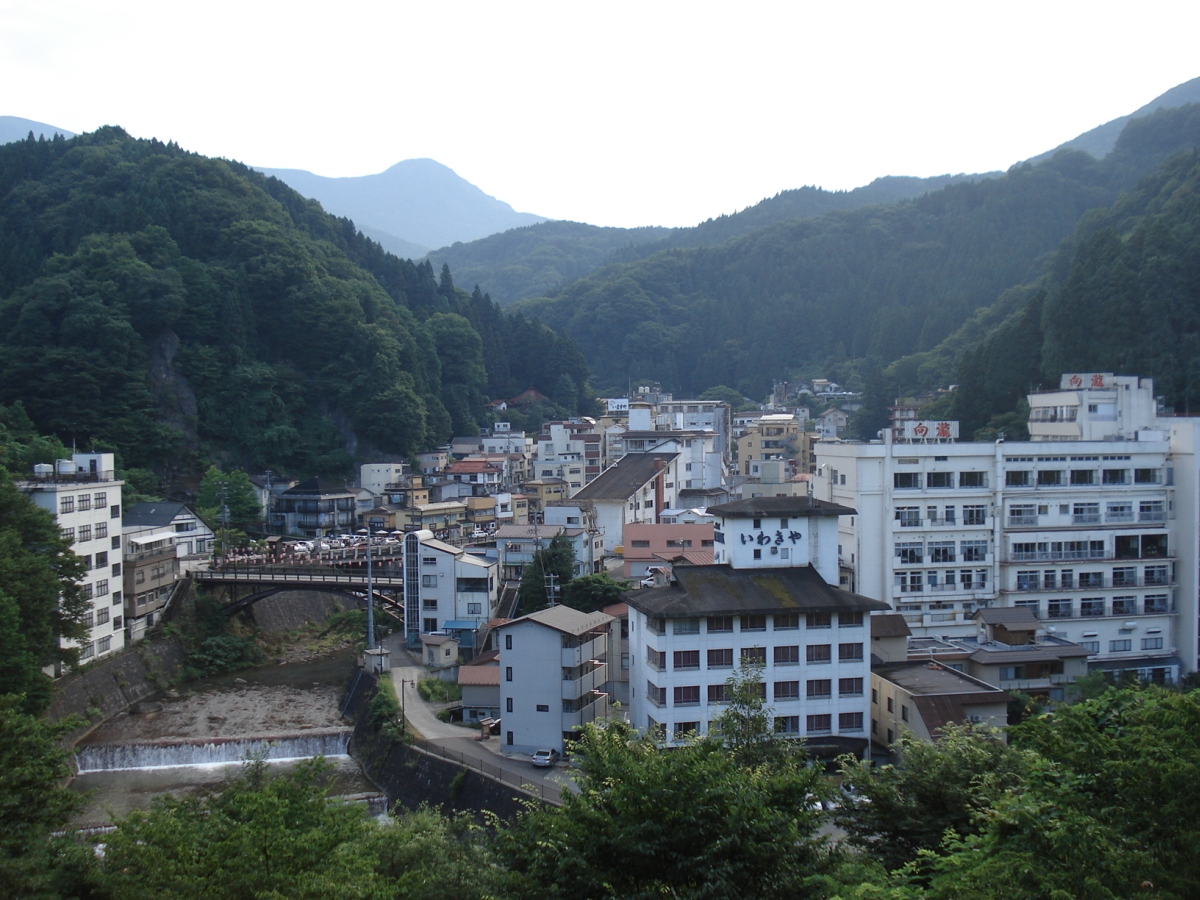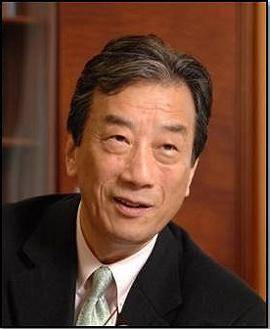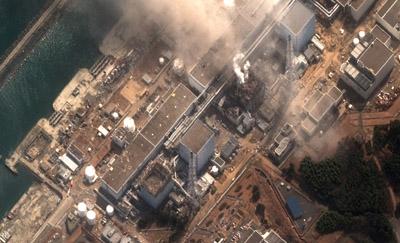Fukushima, trying to recover
2013/03/11 Galarraga Aiestaran, Ana - Elhuyar Zientzia Iturria: Elhuyar aldizkaria

The Japanese government wants, among other things, to strengthen the investigation of tools and robots for demolition and, on the other hand, to launch as soon as possible the reactors that are now standing.
Before the disaster, Japan obtained 30% of the electricity from nuclear power plants. However, since then 48 of the 50 reactors that are in good condition in the country are inactive. Instead, the government announced its intention to open renewable energy facilities to harness solar, wind and wave energy. However, it seems that it does not want to discard nuclear energy, and the plant wants to accelerate adaptation to new security measures.
In this sense, in addition to the power plants, they must make adaptations in the vicinity. If evacuation plans were previously implemented in localities located within a radius of 10 km, now the radio has been extended to 30 km. And all this without prejudice to the definitive closure of three plants, built on failures.
In addition to cancer
Aside from energy and the economy, health is also a source of concern for the government. Recently, the World Health Organization (WHO) has published a report on the health consequences of the Fukushima disaster. In particular, the report highlights the increased risk of cancer among children at the time of the disaster.
In fact, women have a 4% higher than normal solid tumor risk and 6% higher than normal breast risk. Men, on the other hand, have a 7% higher risk of leukemia than normal. But the risk has increased especially in thyroid cancer, which is 70% higher than normal in women.
The report also refers to workers who were in emergency situations, one third of whom are at higher risk of cancer than the normal population.
On the other hand, the Fukushima Health Department study has shown that, in addition to measuring the impact of radiation on health, the psychosocial situation can have negative effects on health and well-being.
According to the study, anxiety, depression and post-traumatic stress have become common alterations in the Fukushima area. The study, in which more than two million people have participated, analyzes mental health and conducts thyroid studies and follow-up of newborns and births. In addition, they conduct general studies, especially those who were expelled from the evacuation area, in order to diagnose and prevent as soon as possible the problems that may be affected by the change of life.
All these data have been published by the Department of Health of Fukushima, through which, along with the demand for transparency, those responsible have shown hope that they will be useful to others.

Gai honi buruzko eduki gehiago
Elhuyarrek garatutako teknologia






